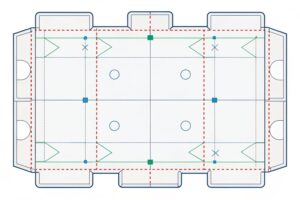We Are Watching You: The Story of Faceless Mannequins
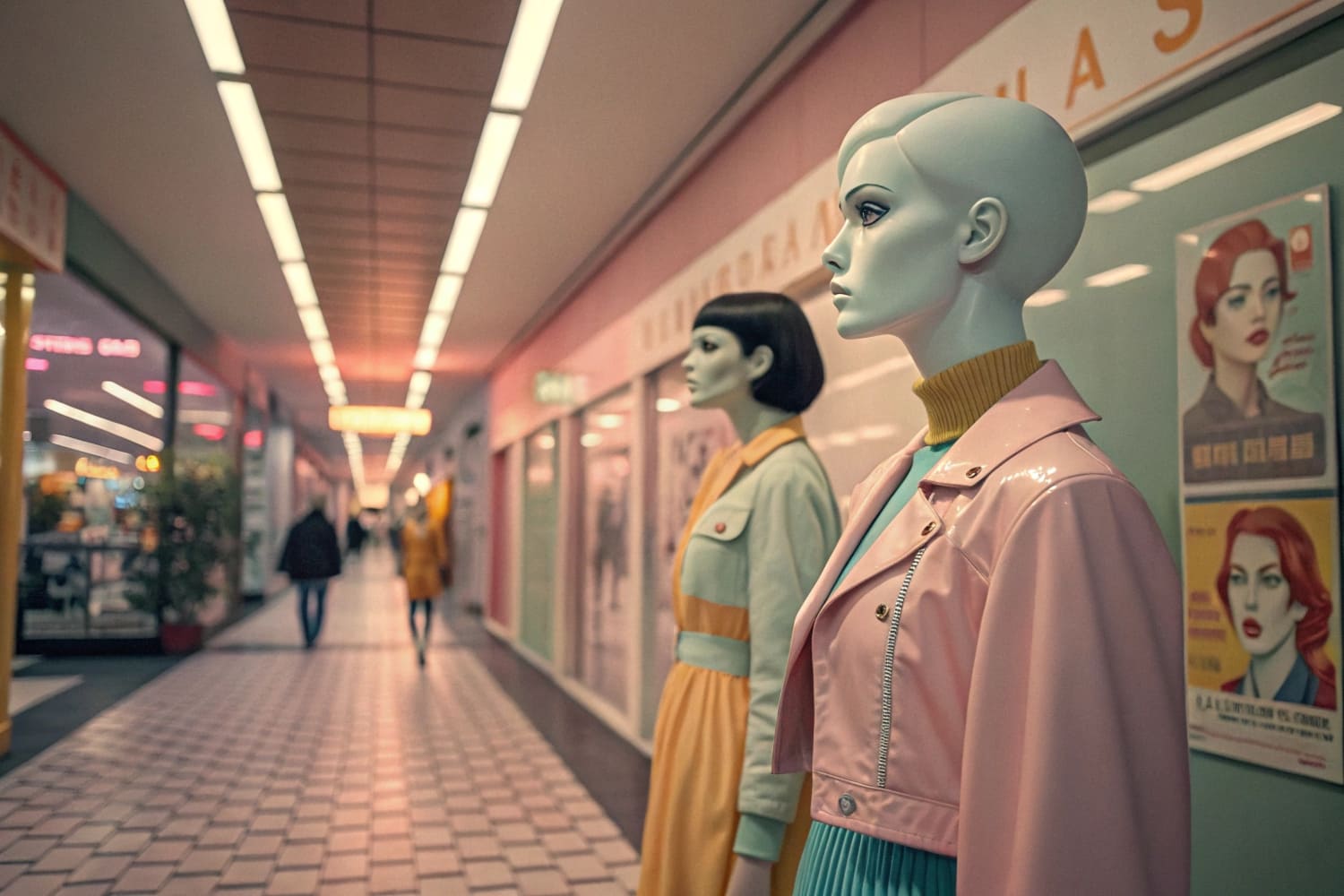
Retail keeps changing, yet blank-eyed forms still stare. They whisper unease, push us to look closer, and promise one simple fix: understand why they lost their faces.
Faceless mannequins emerged as a sales tool that removed race, age, and emotion, letting any shopper project themselves onto the clothes while cutting molding costs and speeding production.

Empty eyes unsettle, but the business logic behind them hooks our curiosity. Stay with me and see how cinema, war, and plastics conspired to strip those heads smooth.
What is the old horror movie with mannequins?
A dark theater, a small budget, and rows of frozen figures prey on our nerves. Fear sells tickets, and mannequins make cheap monsters.
The cult film “Tourist Trap” (1979) is the best-known vintage horror movie centered on murderous mannequins, famed for its telekinetic villain and uncanny store-room set pieces.

Why this one film still scares
Horror often turns familiar objects into threats. “Tourist Trap1” exploits three traits:
| Trait | How the film uses it | Resulting fear trigger |
|---|---|---|
| Stillness | Long static shots on rows of figures | Audience scans for sudden motion |
| Human likeness | Masks pasted onto dummies | Viewers question who is real |
| Cheap materials | Hollow forms amplify sound | Every creak echoes like a scream |
From bargain props to cult status
The producers needed low-cost foes. Fiberglass mannequins were plentiful because department stores were modernizing after the 1970s oil crisis. Directors discovered they could shatter, burn, or paint them without union backlash. Over time midnight screenings2, VHS trading, and horror conventions3 kept the movie alive. Each retelling deepened its legend and cemented mannequins as horror shorthand. My own late-night viewing at sixteen left me scanning every shop window on my bike ride home. That personal chill explains why the film still finds new fans today.
What is the history of mannequins?
First came fabric torsos, then wax beauties, and finally plastic blanks. Each era reflects new tech and new ideals of the body.
Mannequins evolved from 15th-century dressmaker busts to full-body wax figures in the Victorian era, shifting to lightweight fiberglass and plastic after World War II to match mass retail.
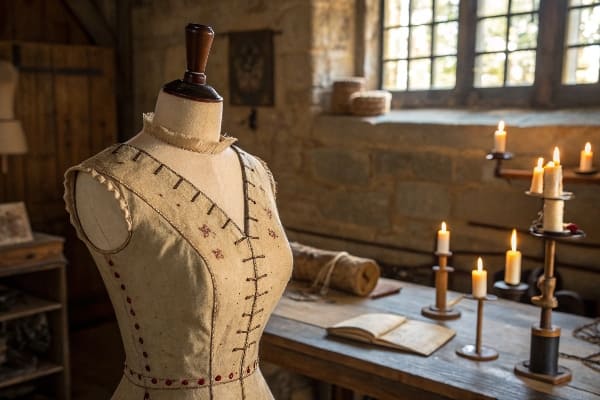
Three main phases and their drivers
1. The Tailor’s Dummy (1400s–1800s)
Wooden or padded linen torsos let craftsmen build gowns without live models. They were tools, not décor.
2. The Wax Icon (1860s–1930s)
Industrial glass windows pulled shoppers inside. Paris studios sculpted lifelike faces, real hair, and glass eyes. Stores hired artists to repaint melting cheeks in summer heat. Beauty standards—narrow waists, pale skin4—traveled across oceans in ship holds full of wax ladies.
3. The Plastic Ideal (1940s–present)
War shortages killed wax. Fiberglass, developed for naval radomes, reached display makers in the 1950s. Suddenly mannequins weighed under ten pounds, shipped cheaply, and survived drops. The 1960s youthquake demanded new silhouettes, and mod boutiques ordered abstract heads to prevent one fixed identity from aging the clothes.
| Era | Material | Key Technology | Business Impact |
|---|---|---|---|
| Tailor’s | Wood, cloth | Hand carpentry | One-off use |
| Wax | Wax on plaster core | Plate glass windows | Window theatre |
| Plastic | Fiberglass, ABS | Mass molding | Global rollout |
My factory today cuts corrugated board, not fiberglass, yet the same principle applies: lighter equals lower freight, quicker setup, and faster turnover.
When did mannequins stop having faces?
Storefronts once flaunted painted smiles. Then one decade wiped them clean.
Most Western retailers shifted to blank or stylized heads during the late 1960s and early 1970s, aligning with minimalist fashion and the civil-rights push for race-neutral marketing.

The perfect storm behind facelessness5
Cultural Shifts
Designers like André Courrèges championed space-age looks6. Silver boots fit better on a featureless form that suggested the future, not the past.
Social Pressures
Civil-rights activists criticized stores for displaying only white features. Retailers stripped faces rather than diversify molds, an awkward shortcut to inclusivity.
Cost Calculations
Removing facial detail saved sculpting hours and reduced defect rates during demolding. Fewer paint steps meant lower labor costs—savings echoed later in my cardboard display line, where every skipped ink pass improves margin.
Together these forces pushed a rapid industry makeover. By 1975, catalogs from JCPenney to Harrods showed smooth ovals dominating women’s wear, especially in high-volume segments like lingerie where modesty blurred lines7 between body and hanger.
What does a mannequin symbolize?
Silent figures carry loud messages. Every curve, or lack of it, signals a cultural story.
A mannequin symbolizes the ideal consumer body of its era, acting as a blank proxy onto which shoppers project self-image and social aspiration.
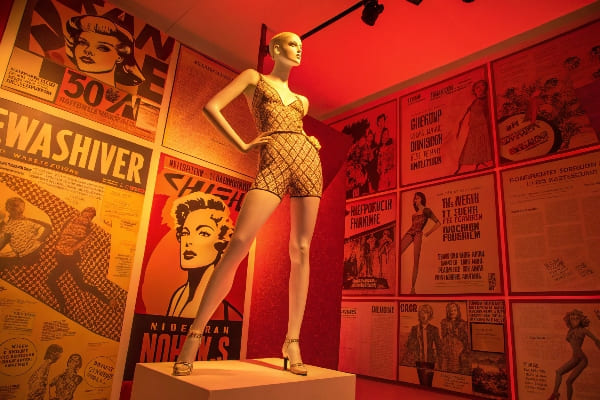
Layers of meaning in one hollow shell
Commerce
They stand in windows to turn passers-by into buyers. The pose implies movement, suggesting how fabric will drape in life.
Identity
Absence invites projection. A hunter in Wisconsin can imagine his fleece fitting the same blank form that a London commuter pictures in a pea coat. I rely on this transfer effect when designing cardboard stands for crossbow sets; the fewer distractions on the display, the faster customers swap their face onto the scene.
Control
Store planners choreograph rows like an army. Uniform height and stillness reinforce social discipline—shop politely, follow aisles, pay here.
| Symbol | Retail Use | Customer Response |
|---|---|---|
| Ideal body | Show perfect fit | Aspire, buy |
| Blank face | Universal appeal | Self-projection |
| Fixed pose | Traffic flow | Follow store narrative |
Mannequins thus work as silent sales staff8 and cultural mirrors9. By decoding them, we decode ourselves.
Why do mannequins not have faces?
No face means no bias, no upkeep, and no distraction. Profit often hides behind aesthetics.
Mannequins lack faces to cut production costs, avoid racial or trend bias, simplify visual merchandising, and speed shoppers’ self-identification with the merchandise.
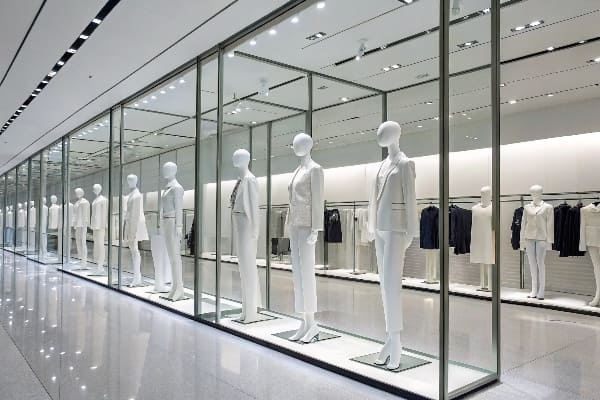
Breaking down the four pragmatic reasons
1. Cost Efficiency10
Detail requires sculpting, sanding, and hand-painting. A smooth oval exits the mold ready for primer. Saving even $2 per unit scales to millions across a global chain.
2. Inclusivity Shortcut11
Rather than stock diverse ethnic heads, retailers erase features. It is a crude solve, yet it sidesteps accusations of favoritism in multicultural markets.
3. Visual Focus
Retail lighting bounces off matte white surfaces, keeping color lyrics on the garments, not the model. My own cardboard displays mimic this trick: neutral back panels push product graphics forward.
4. Durability12
Noses chip during shipping. Ears snap on crowded rails. A faceless head survives rough stockroom handling, lowering warranty claims.
| Reason | Retail Benefit | Parallel in Cardboard Displays |
|---|---|---|
| Cost | Lower unit price | Fewer die-cuts |
| Inclusivity | Broad appeal | Generic lifestyle prints |
| Focus | Spotlight clothing | Highlight hero product |
| Durability | Fewer returns | Stronger flute selection |
These cold, practical choices, not artistic mystery, explain why glossy ovals still greet us at every mall entrance.
Conclusion
Faceless mannequins stand at the crossroads of culture and commerce, smoothing identity to boost sales while quietly reflecting our own shifting desires.
Explore the unique elements that make Tourist Trap a standout in horror cinema, from its chilling atmosphere to its innovative use of props. ↩
Learn about the allure of midnight screenings, where cult classics come alive and fans experience films in a unique, communal setting. ↩
Discover the top horror conventions where fans gather to celebrate their favorite films, including screenings, panels, and merchandise. ↩
Understanding historical beauty standards can provide insight into cultural shifts and societal norms over time. ↩
Understanding facelessness can reveal deeper insights into cultural shifts and inclusivity in fashion. ↩
Explore the evolution of space-age looks in fashion and how they influenced modern design trends. ↩
Discover how modesty influences design choices and shapes consumer perceptions in the fashion industry. ↩
Understanding the role of silent sales staff can enhance your retail strategy and improve customer engagement. ↩
Learning about cultural mirrors can help you understand how retail environments shape consumer identity and behavior. ↩
Understanding cost efficiency can help retailers maximize profits and streamline operations, making it essential for business success. ↩
Exploring inclusivity shortcuts reveals how brands navigate diversity challenges, impacting their market reach and customer perception. ↩
Learning about durability in product design can enhance customer satisfaction and reduce return rates, crucial for retail success. ↩



